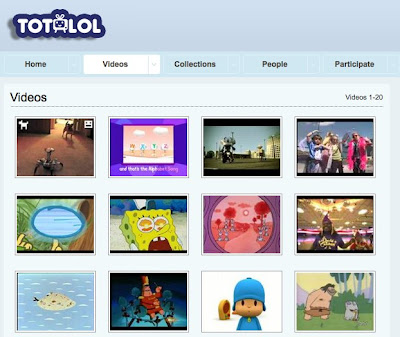This series of postings are the result of a training presentation I was asked to deliver for Moroccan teachers of English in Kinitra on 15th December 08.
 To prepare the session I looked back at many of the postings from my blogs over the last 18 months and thought about some of the changes that have been taking place in the way online video sharing has developed.
To prepare the session I looked back at many of the postings from my blogs over the last 18 months and thought about some of the changes that have been taking place in the way online video sharing has developed.
I've split the materials from the session into four sections.
Some of the potential problems we highlighted were:
Related links:
Nik Peachey
 To prepare the session I looked back at many of the postings from my blogs over the last 18 months and thought about some of the changes that have been taking place in the way online video sharing has developed.
To prepare the session I looked back at many of the postings from my blogs over the last 18 months and thought about some of the changes that have been taking place in the way online video sharing has developed.I've split the materials from the session into four sections.
- Online Video: For Language Development
- Online Video: As Communication
- Online Video: As Knowledge Resource
- Online Video: Authentic Genres
Some of the potential problems we highlighted were:
- Inappropriate content
- Dead links
- Teacher preparation time
- Blocked sites
- Lack of connectivity
Related links:
- Find out about free video editing software
- YouTube for IWBs with PicLens
- Free Educational TV Channels
- Open source video animation
- News Videos for EFL ESL Materials Design
- Things You Can Do With Your WebCam 1
- Exploiting a Video Viral
- Lesson plan Top 10 Cartoons for Children’s Rights
- Create a YouTube Carousel
- Videos for Global Issues Lessons
- Update on the Education Clip Library
Nik Peachey





























.gif)
